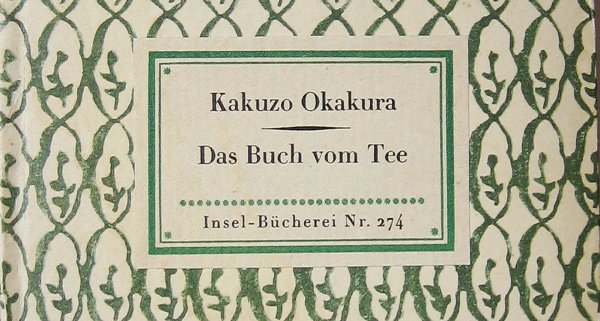
In his chapter about the tea room Kakuzo Okakura explains that these ideas about unsymmetry are derived from Taoist and Zen conceptions of perfection where the process to arrive at perfection is more valued than perfection itself. Therefore it is left to the viewer of the object to mentally complete the incomplete when he wants to fully understand and discover the piece.
Thus, symmetry is purposely avoided as an expression of completion and for fear of repetition. “Uniformity of design was considered fatal to the freshness of imagination,” explains Okakura.
I found his explanations about the tea-room setting the most thought provoking: In the tea-room setting repetition of colour or design are not allowed and seen as useless reiteration. For example, “if you have a living flower, a painting of flowers is not allowable.”, breaks down Okakura to his readers and goes on as follows: “If you are using a round kettle, the water pitcher should be angular. A cup with a black glaze should not be associated with a tea-caddy of black laquer. In placing a vase of an incense burner on the tokonoma, care should be taken not to put it in the exact centre, lest it divide the space into equal halves. The pillar of the tokonoma should be of a different kind of wood from the other pillars, in order to break any suggestion of monotony in the room”.

Leave a Reply